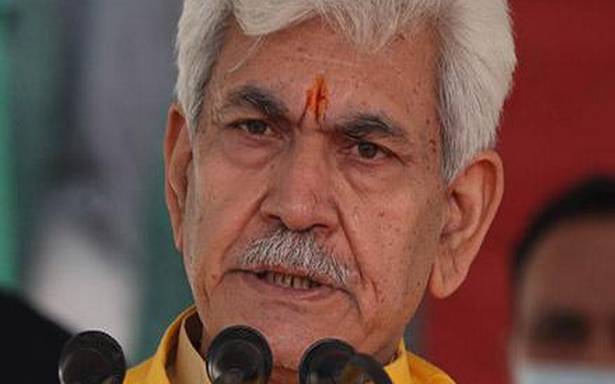It will allow owners to carry out economic, non-economic activities; end pending litigations in courts
In a first, the Jammu and Kashmir government on Saturday decided to delineate and demarcate smaller water streams and canals termed as “gair mumkin khads, daryas, nallahs” etc. recorded in revenue records, which do not form a part of water channels but have been recorded in revenue records.
The decision was taken during a meeting of the Administrative Council chaired by Lieutenant Governor Manoj Sinha held in Jammu. The Council approved 3-tier committees mandated to conduct khasra-wise surveys of all lands recorded as such.
‘Delineate lands’
Officials have been tasked with preparing maps and delineate lands that do not form part of any water course, source or annual drainage system as per spot verification, to establish baseline for conducting the delineation exercise as per the status of the land in records of 2010.
They were also directed to take remedial action for the illegal encroachments, constructions actually obstructing the natural flow of water in the channel. The decision will give a major relief to the people who are put to hardship because of erroneous and misleading entries of such water bodies in their revenue records.
Land transcations
“This will put an end to litigations pending in various courts, besides allowing owners of such lands to transact and carry out various economic, non-economic activities allowed as per land use under the Master Plans of development of local areas,” the government spokesperson said.
Officials have been directed to use a global positioning system for generation of digital maps, conducting actual spot verification to establish the desirable width of water course and channels especially in the proprietary lands and removal of illegal encroachments on identified water courses through remedial action.
“The exercise will be conducted in a phased manner in districts of Jammu, Samba and Kathua in three months and remaining districts in one year,” the spokesperson said.
Source: Read Full Article

